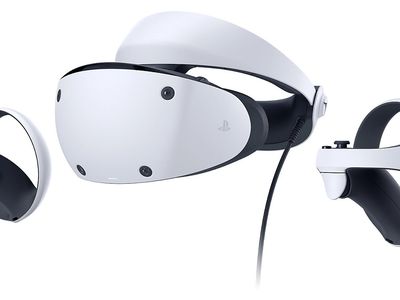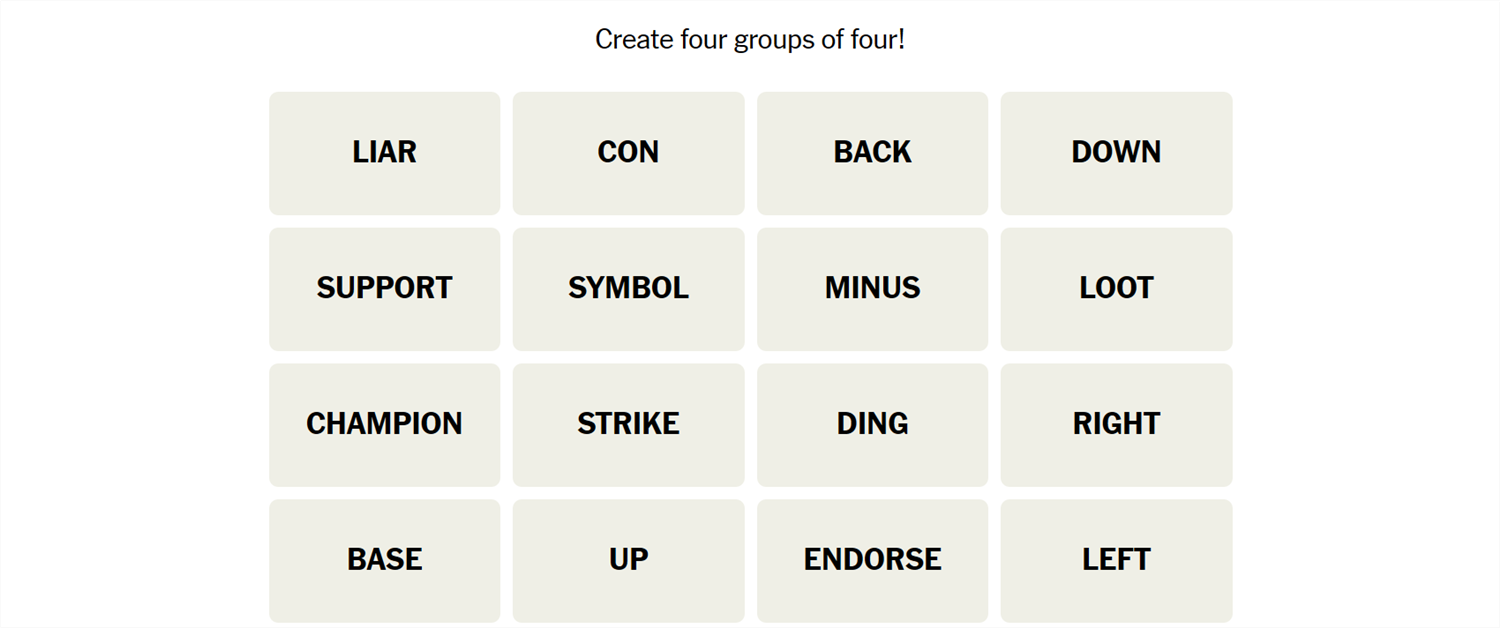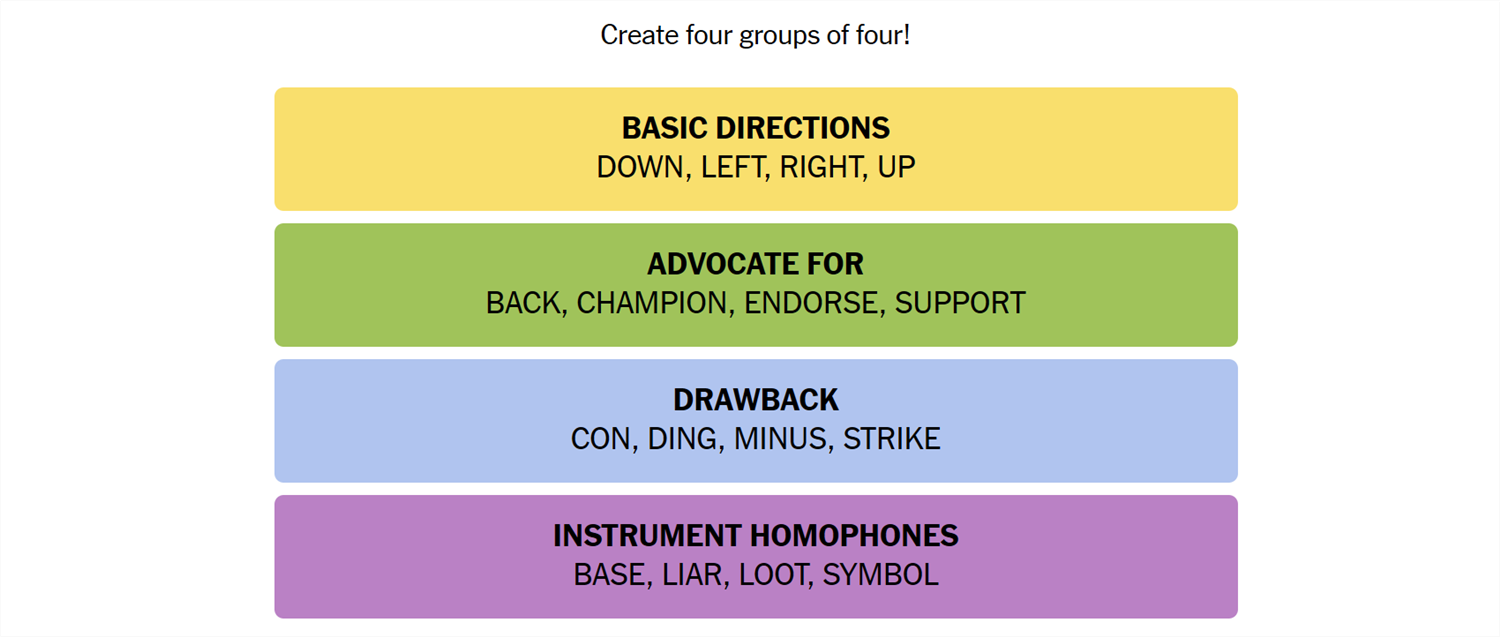
Discover Key Takeaways: Connecting the Dots with NYT’s July 26 (#411) Edition

Discover Key Takeaways: Connecting the Dots with NYT’s July 26 (#411) Edition
Quick Links
- What Is Connections?
- Hints for Today’s Connections Groups
- Today’s NYT Connections Answers
- How Did We Solve This Connections Game?
- How Do You Guess Connections Groups?
Connections is a game from the New York Times that challenges you to find the association between words. It sounds easy, but it isn’t—Connections categories can be almost anything, and they’re usually quite specific. If you need a hand getting the answers, we’ve got you covered.
What Is Connections?
Connections is a game from the New York Times. The objective is simple: sort 16 words into groups of 4. Each group of words will be connected by some common idea or theme. That common element could be anything. We have seen everything from games that rely on the number of letters in the words to categories that require you to spot an extra letter at the end of the word. Sometimes they’re references to economics, other times they reference fairy tales. There is no telling what sort of association there will be between words.
Once you’re confident you understand the connection, select 4 words, then hit “Submit.” You have only four attempts in total, so don’t be too guess-happy.
Hints for Today’s Connections Groups
Here are a few hints for the 411th Connections game to get you started:
- Yellow: Simple words that tell you where to go.
- Green: When you want something to happen.
- Blue: The downsides.
- Purple: Sounds like what?

If you still need help, the actual group names are:
- Yellow: Basic Directions
- Green: Advocate For
- Blue: Drawback
- Purple: Instrument Homophones
Today’s NYT Connections Answers

Basic Directions (Yellow):
Down, Left, Right, Up
Advocate For (Green):
Back, Champion, Endorse, Support
Drawback (Blue):
Con, Ding, Minus, Strike
Instrument Homophones (Purple):
Base, Liar, Loot, Symbol
How Did We Solve This Connections Game?
July 26th came pretty easily. I immediately noticed down, left, right, and up were basic terms we use to describe directions, and old cheat codes . They were in the Yellow group, “Basic Directions.”
Support and endorse can be synonyms when they’re both taken to mean “Advocate for.” With that definition in mind, champion (as a verb) and back both seem to work, too. They were in the Green group, which was literally “Advocate For.”
The word con often means downside or drawback, so I started looking for synonyms. Ding, minus, and strike were really the only ones that fit, though liar did make me doubt which definition of con was in use. They belonged to the Blue group, “Drawback.”
That left base, liar, loot, and symbol. I went through the usual list of suspects for Purple (like missing or added words or letters) without success. After sitting on it, I eventually realized that the words are also synonyms for musical instruments. Both bass and cymbal are pretty common instruments, but both a lute (loot) and a lyre (liar) are significantly less common in the modern era.
How Do You Guess Connections Groups?
There is no quick, reliable way to approach Connections like there is with Wordle, since Connections isn’t algorithmic. However, there are a few things to keep in mind that can help.
- Look for similar parts of speech. Are some words verbs and others nouns? Are some adjectives? Try mentally grouping them based on those categories and see if any other patterns jump out at you.
- Are the words synonyms? Sometimes categories will just be synonyms for a phrase, or very close to synonyms. Don’t rely too closely on this, though. Occasionally, Connections will deliberately throw in words that are sometimes synonyms to mislead you.
- Try saying the words. Sometimes, saying the words helps. One puzzle we saw included the words go, rate, faster, clip, pace, speed, move, commute, and hurry—all of which are obviously related to the idea of motion. However, when you say them, it becomes a little more obvious that only four (go, move, hurry, faster) are things you’d actually say to prompt someone to get moving.
- Expect the red herring . Connections usually has words that could be plausibly, yet incorrectly, grouped together. Take the words Bud, Corona, and Light, as an example. You might instinctively see those three words together and assume they’re lumped together in a category related to beer—but they weren’t.
- Look for distinct words. If a word on your board doesn’t have multiple meanings or can really only be used in one context, try using that word as the basis for a category.
- Shuffle the board. Sometimes, moving words around will help you look at them in new ways.
If you didn’t solve this one, don’t feel too bad—there’s always tomorrow! And those words may align with a topic you’re interested in, giving you a leg up on the competition.
Also read:
- [New] Best Vector Illustration Software A Must-Have List for Artists for 2024
- [New] Seamless Editing Experience Built for Vimeo Videos
- [Updated] 2024 Approved Assessment of Various Camera Types for Videos
- [Updated] 2024 Approved Psychedelic Pulse The Fade Technique in Music Mixing
- [Updated] 2024 Approved Ringtone Repository Prime Picks for Downloadable Calls
- 1. Top 5 FREE Tools to Transform Your M4A Files Into High-Quality WAV Format
- 2024 Approved Prime Photograph Peruser in Windows 10
- 2024 Approved Swift Video Editing Made Easy with Top iOS/Desktop Apps #8
- In 2024, Selecting Excellent Backgrounds for Video Calls
- Leading Edge in Sharing Files: Windows' Finest Apps Ranked
- Tower of Fantasy PC Stability Issues: Solutions for a Smoother Gaming Experience
- Unleash YouTube Potential with Smart Tags and Titles for 2024
- Update Your System with Latest AMD Radeon Pro W5700 Drivers for Windows Users (V11, V10 & V7)
- Title: Discover Key Takeaways: Connecting the Dots with NYT’s July 26 (#411) Edition
- Author: Edward
- Created at : 2025-01-11 20:53:14
- Updated at : 2025-01-17 19:36:27
- Link: https://vp-tips.techidaily.com/discover-key-takeaways-connecting-the-dots-with-nyts-july-26-411-edition/
- License: This work is licensed under CC BY-NC-SA 4.0.